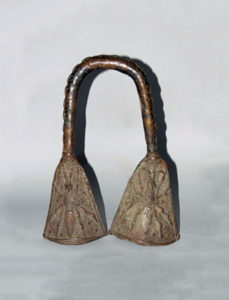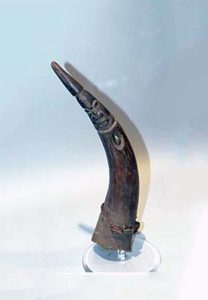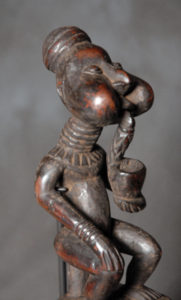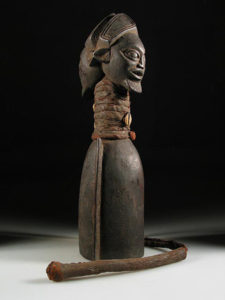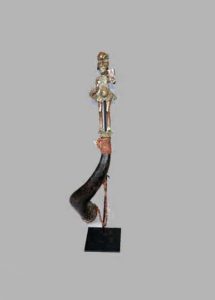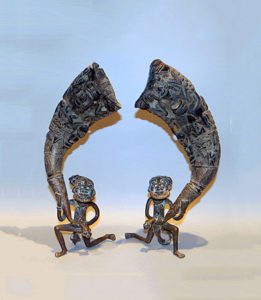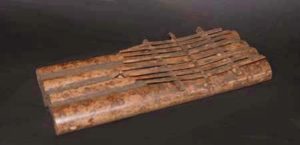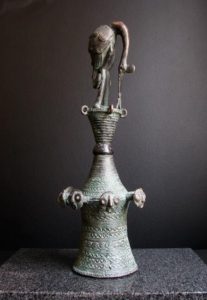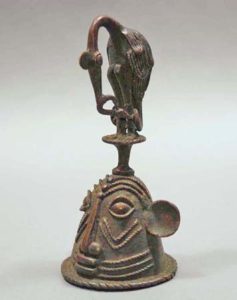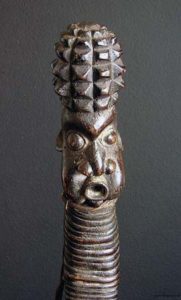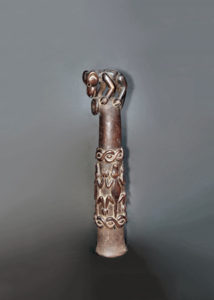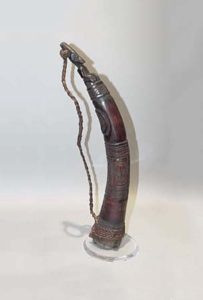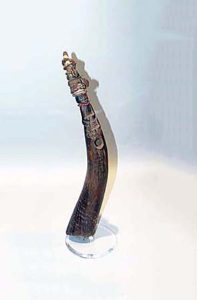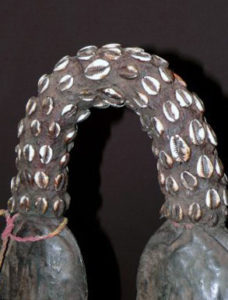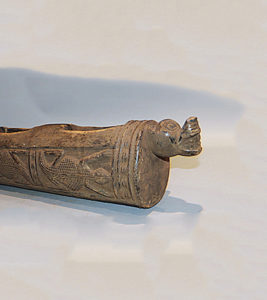Bamum
The Bamum, sometimes called Bamoum, Bamun, Bamoun, or Mum, live in the grassland region, in south-west Cameroon, a hilly and mountainous area covered by an equatorial forest in the south and a savannah in the north. Fulani traders moving steadily southwards into Cameroon forced the Bamum into their current location during the 17th century. Then in 1884, the Germans colonized the entire region. The Bamum are one of the first peoples in Africa to develop a writing system under the auspices of King Njoya at the end of the 19th century. Njoya was able to maintain his status as a ruler under German indirect colonial rule but was forced into exile when the French took over in 1916. The kingship has since been restored.
Politically, the area is divided into numerous small independent kingdoms and chiefdoms, whose powers are counterbalanced by male and female societies. The sultanate of Bamum is ruled by a single, sacred king, known as the Fon, who resides in the capital Fumban. He is assisted by three officials and seven hereditary councilors to rule the people.”
Statues representing ancestors are found all over the Bamun, Bamileke, and Tikar areas. They can be life size and can be incorporated into the seat of an elaborate throne. These figures representing the king’s wives and his attendants are usually stored in a secret part of the palace and are displayed when a foreign dignitary visits or during important ceremonies headed by the king.
Source:
Baquart, Jean-Baptiste. The Tribal Arts of Africa. New York: Thames and Hudson Inc. https://africa.uima.uiowa.edu/peoples/show/Bamum

